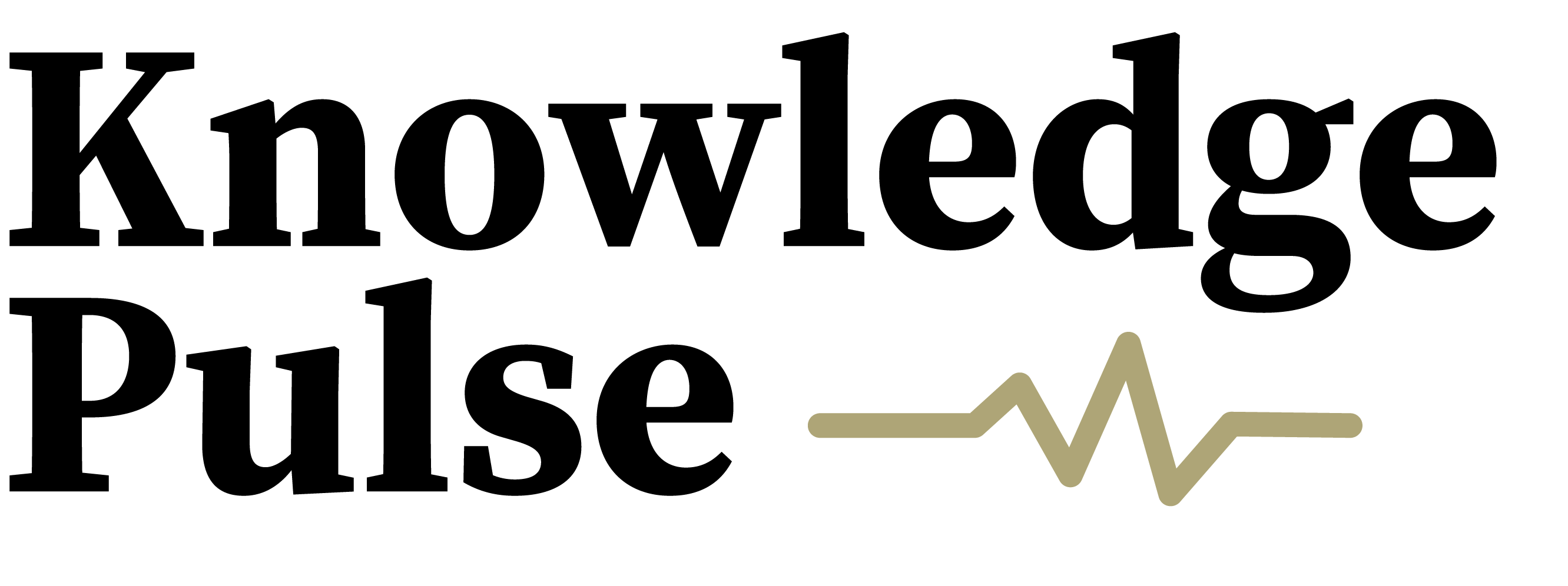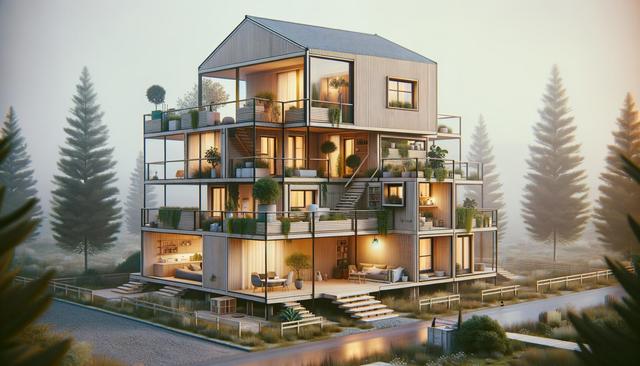What Are Modular Homes?
Modular homes are residential structures built off-site in controlled factory environments and then transported to their final location for assembly. These homes are constructed in sections, or modules, which are then pieced together on a permanent foundation. Unlike traditional houses, modular homes benefit from standardized manufacturing processes that often result in shorter build times and reduced waste. While they are sometimes confused with mobile homes, modular homes are typically placed on fixed foundations and are subject to the same local building codes as site-built homes.
One of the key advantages of modular homes is their adaptability. They can be customized in terms of size, layout, and interior finishes, making them suitable for a wide range of buyers. Whether you’re looking for a compact single-story residence or a spacious multi-level dwelling, modular construction can accommodate your needs. The flexibility in design also allows for additions or expansions in the future, offering a long-term solution for growing families or changing lifestyles.
Differences Between Modular Homes and Mobile Homes
Although modular homes and mobile homes might seem similar at first glance, there are important distinctions between the two. Mobile homes, also known as manufactured homes, are built on a permanent chassis and are designed to be movable. They are generally governed by federal building codes rather than local ones. On the other hand, modular homes are assembled on-site on a permanent foundation and adhere to local construction standards.
Here are a few key differences:
- Foundation: Modular homes are placed on permanent foundations; mobile homes typically are not.
- Building Codes: Modular homes follow local codes; mobile homes follow HUD standards.
- Mobility: Mobile homes can be relocated; modular homes are stationary once assembled.
- Resale Value: Modular homes often appreciate similarly to traditional homes, while mobile homes may depreciate over time.
Understanding these differences is essential for buyers considering mobile homes for sale or exploring long-term investment in property.
The Rise of Prefab Homes in Modern Living
Prefab homes, which include both modular and mobile homes, are gaining popularity as efficient and practical housing options. Advances in manufacturing technology and materials have elevated the quality and aesthetic appeal of prefab homes, making them an attractive choice for many homeowners. These homes are not only quicker to build but also offer improved energy efficiency and lower long-term maintenance costs.
In addition to speed and cost-effectiveness, prefab homes promote sustainability. The construction process generates less waste, and many manufacturers use eco-friendly materials. Features like solar panels, energy-efficient windows, and smart home systems are increasingly common in new prefab designs. These elements make prefab homes a particularly appealing option for environmentally conscious consumers.
Whether you’re browsing mobile homes for sale or considering new mobile homes for sale as part of a planned community, prefab construction offers a modern take on homeownership. It’s a sector that continues to evolve, with innovations aimed at improving both quality and affordability.
Cost and Affordability of Modular and Mobile Homes
Affordability is one of the primary reasons why many people turn to modular homes and mobile homes. Compared to traditional houses, these options often come at a significantly lower price point. This makes them ideal for first-time buyers, retirees, and those looking to downsize without sacrificing comfort or style.
Factors contributing to cost savings include:
- Shorter Construction Time: Faster completion means less money spent on temporary housing or financing.
- Controlled Environment: Factory-built modules are less affected by weather delays, reducing time-related expenses.
- Bulk Purchasing of Materials: Manufacturers can buy materials in large quantities at reduced prices.
While browsing new mobile homes for sale, potential buyers can often find various price ranges to suit different budgets. Many communities also offer financing options and incentives, making it easier to transition into ownership. However, it’s essential to account for additional costs such as land purchase, site preparation, and utilities when planning your budget.
Choosing the Right Home for Your Needs
Selecting between modular homes, mobile homes, or other types of prefab homes depends largely on your lifestyle, long-term goals, and financial situation. Each option offers unique benefits, and understanding these can help you make a more informed decision.
Here are a few tips to guide your decision-making:
- Evaluate Your Budget: Consider all costs, including land, permits, and setup expenses.
- Determine Your Space Requirements: Think about your current and future needs in terms of size and layout.
- Research Local Zoning Laws: Ensure that your chosen home type is permissible in your intended location.
- Consider Resale Potential: Modular homes often have higher resale value than mobile homes, making them a better investment in some cases.
Whether you’re looking for mobile homes for sale as a temporary solution or investing in a modular home for long-term living, doing thorough research and consulting with professionals in the housing industry can help you find a solution that fits your needs and preferences.








